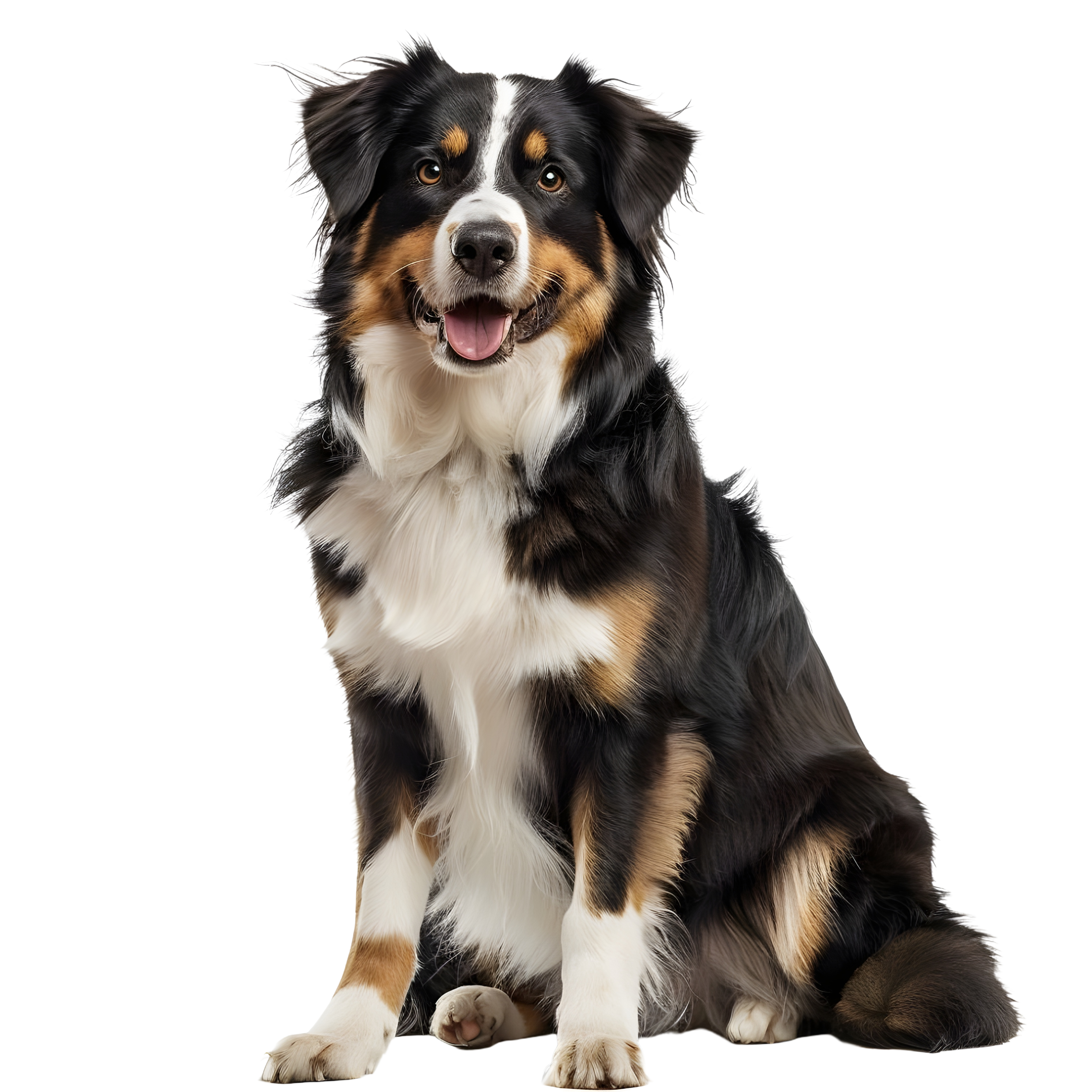Help Your Dog Avoid These Outdoor Garden Dangers
Our experienced Sparky Steps team is committed to helping your dog enjoy the great outdoors safely. As pet lovers, we understand that canines are curious creatures who tend to explore the world with their noses. Is your pooch a serial sniffer, or even an occasional nibbler? Remember, certain popular plants and outdoor gardening materials could potentially pose a risk — especially during the spring and summer months. Here’s our short list so you can help your furry friend steer clear.
Cocoa Bean Mulch
General Appearance: Dark brown chips with a yummy aroma. Most garden mulch is perfectly safe for your canine. But stay away from a specific variety known as “cocoa bean mulch.” It has a rich brown color; it’s sold at most garden supply stores; and it often smells appealingly sweet. That’s because this particular mulch is made from cocoa bean shells, so it contains theobromine. This is the very same substance found in actual chocolate — and it’s toxic for dogs and cats. To make sure your dog never ingests it, pull your furry friend away from any deep brown mulch that seems to attract his attention.
Lilies
General Appearance: Multi-petal blooms in orange, yellow, white, pink or purple; with long stamens extending from the center. Many people already know that lilies are toxic for cats. But it’s important to realize that ingesting certain types — such as the tall white Lily of the Valley — might prompt health issues in dogs as well. Problematic varieties contain a glycoside (or complex sugar) known as convallarin. If your dog ingests enough of this, it can sometimes trigger confusion, nausea, decreased blood pressure, heart arrhythmia, even coma. To play it safe, never allow your pup to taste or chew this plant.
Hyacinths & Tulips
General Appearance: Hyacinths feature frothy white, pink, or purplish flowers faintly resembling lilacs. Tulips are tall and bright, and their bowl-shaped blooms come in virtually every color. The bulbs and flower clusters on these plants can be somewhat worrisome where canines are concerned. Ingested in moderate amounts, they may cause mouth irritation, drooling, gastrointestinal problems, even cardiac abnormalities. So on walks and during playtime, admire their beauty from a slight distance.
Chrysanthemums
General Appearance: Large, round blooms with an array of tiny petals surrounding a more tightly-packed center. Colors may include white, yellow, pink, orange, deep red, maroon, and/or violet. It’s important to realize that these beautifully fragrant flowers contain pyrethrins. These compounds are essentially the insecticide component used in flea and tick medications! So a dog who nibbles or ingests these plants could potentially struggle with weakness, coordination issues, excessive drooling, diarrhea, and/or vomiting. Keep Rover a few feet away.
Oleander
General Appearance: Long, dark green leaves and bright, delicate, multi-petal blooms in shades of white, pink, red, coral, or yellow. White Oleander is actually the name of a 1999 novel by Janet Fitch, and a 2002 movie adaptation starring Michelle Pfeiffer. The title alludes to a main character who’s attractive, yet deadly. So yes, this plant is visually appealing — but it’s also extremely toxic to dogs, cats, and humans. Every single component contains glycosides that directly impact major systems in the body. Basically, consuming any amount could potentially kill a canine. These beauties are sometimes used as ornamental outdoor plants; and they can often grow wild in Arizona, California, Nevada, or Texas. So whenever your furry friend is in the vicinity, it pays to remain on the lookout. This list isn’t intended to be exhaustive, but it does outline some of the more common outdoor garden culprits that pose a canine-specific threat. Do a bit of online research, and always remain attentive during walks and playtime. A little extra vigilance can keep our furry friends safe and sound, in any season.
Written by Marybeth Bittel
Sources:
https://www.poison.org/articles/2012-jun/cocoa-bean-mulch-can-poison-dogs
https://www.britannica.com/science/glycoside https://dogcare.dailypuppy.com/dogs-eating-lilies-2462.html
http://www.petpoisonhelpline.com/poison/tulip/
http://www.petpoisonhelpline.com/poison/chrysanthemum/
https://healthypets.mercola.com/sites/healthypets/archive/2016/08/10/oleander-poisoning.aspx


